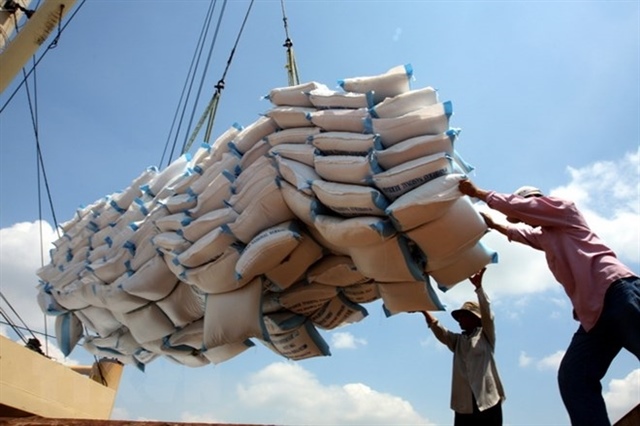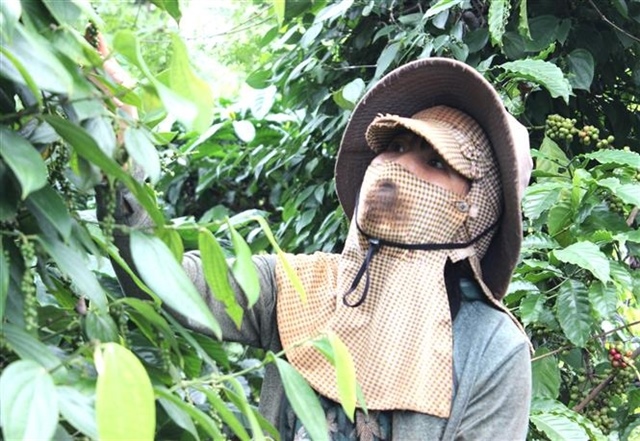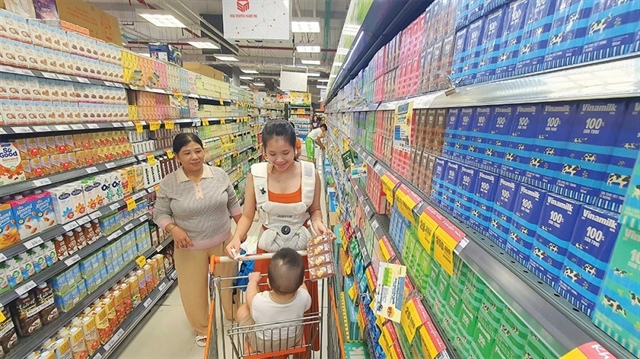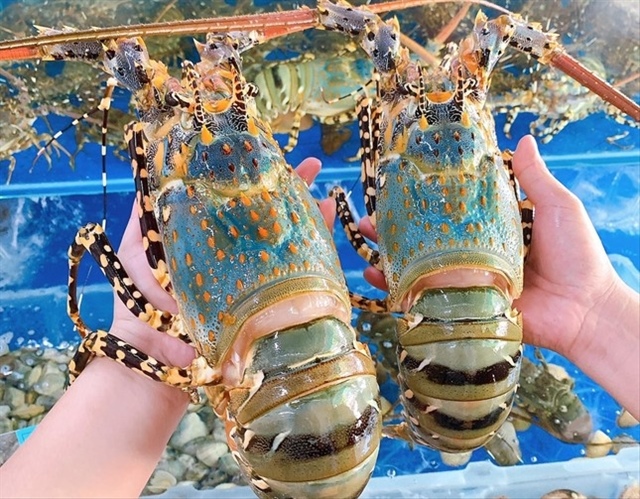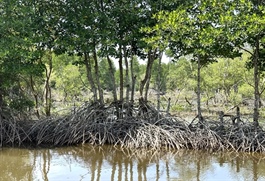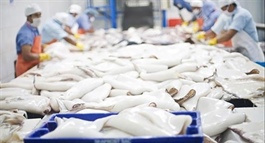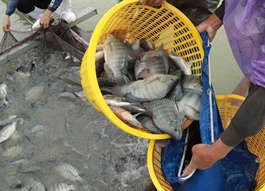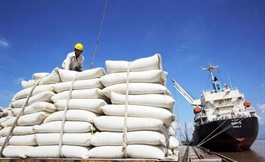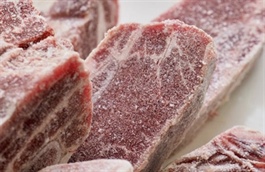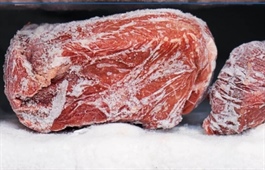Comprehensive strategy to revive China durian exports proves successful
Comprehensive strategy to revive China durian exports proves successful
Building a map for durian-growing regions suffering cadmium contamination is a key solution for ensuring food safety and meeting the requirements of foreign markets to sustain exports, according to director of the plant production and protection department, Huỳnh Tấn Đạt.

Việt Nam's durian exports have soared since May due to quality management measures, the expansion of growing area codes, and the removal of technical barriers with China. – VNA/VNS photo |
Việt Nam's durian exports have seen a significant increase since May, with fresh fruit exports jumping tenfold from the first four months of the year.
Since May exports of fresh durian have topped 207,000 tonnes and that of frozen durian, 16,000 tons.
Cadmium is a heavy metal that can persist for a long time in soil.
Recently some batches of Vietnamese durian exports were found by China to have cadmium residues, leading to a disruption in trade and causing losses for farmers and businesses.
“The creation of the cadmium contamination map is not only for strictly managing quality from the source but also helps the durian industry meet new market standards and minimise the risk of technical warnings,” Đạt said.
It would help the country maintain its position not only in the Chinese market but also expand to other major markets like the US, the EU, Japan, and South Korea, he added.
The map will be based on samples of soil, irrigation water and fertilisers from major cultivation areas that are analyzed in laboratories to identify contaminated regions.
The result will be digitised and integrated into the cultivation area management system, which will help farmers and businesses prevent risks.
Thailand, a leading durian-exporting country, did this in its key durian-growing provinces, and now only allows exports of fruits that meet safety standards.
The plant production and protection department will first survey key durian-growing regions. The focus will be on provinces in the Mekong Delta.
Once completed, the map will be expanded and regularly updated.
Soil remediation will also be undertaken to reduce the heavy metal content in affected areas by using organic fertilisers, supplementing with lime to increase soil acidity and applying biological products to limit plants’ absorption of cadmium.
The Ministry of Agriculture and Environment is also focusing on other measures to promote durian exports, including establishing new food safety and cultivation processes and a Circular regulating the issuance and management of growing area codes and packaging facilities.
It requires local authorities to monitor chemical use and quality checks at packing facilities and encourage farms to proactively test for cadmium.
Export businesses must also test for cadmium and auramine O.
It has unveiled plans for regular monitoring from the production to packaging stages, intensifying checks to detect and remove fertilisers with heavy metal residues and penalising the use of unauthorised post-harvest chemicals to minimise violations.
It requires laboratories approved by the General Administration of Customs of China to expand testing of export goods for excessive cadmium levels.
The Chinese agency has approved 19 laboratories for testing for cadmium and 11 for auramine O.
The ministry has provided training and resources, including handbooks and videos, to help local officials and farmers meet VietGAP, GlobalGAP and Chinese quality standards.
- 07:15 14/08/2025



